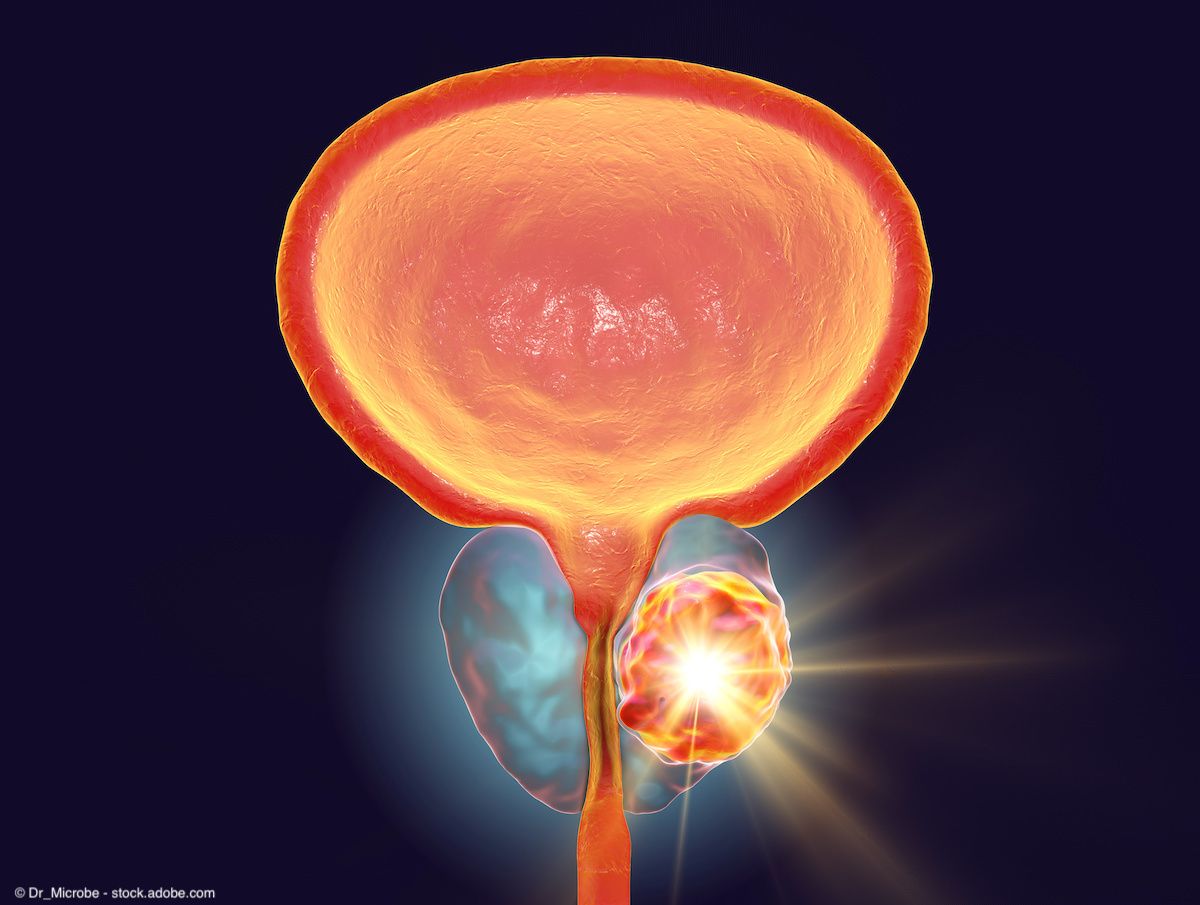News
Article
Study compares imaging methods for MDT in oligorecurrent prostate cancer
Author(s):
The median PFS with PSMA PET/CT-guided MDT was 33.2 months, vs 13.8 months with choline PET/CT-guided MDT.
Data from the PRECISE-MDT study suggest that the choice of PET tracer for defining lesions and guiding metastasis-directed therapy (MDT) may influence outcomes in patients with oligorecurrent prostate cancer.1
“Diverse imaging methods may influence outcomes in oligorecurrent PCa patients undergoing MDT," wrote the authors.

Findings from the study were published in the Journal of Nuclear Medicine.
Patients in the study were clinically and biochemically followed up for a median of 31 months following MDT. Overall, the median progression-free survival (PFS) was 17.9 months, the median time to systemic treatment change due to polymetastatic conversion (PFS2) was 41.5 months, and the median overall survival (OS) was not reached. In total, 67.9% of patients (n = 163) experienced progression following MDT.
Significantly fewer patients experienced progression among those treated with prostate-specific membrane antigen (PSMA) PET/CT-guided MDT (59/120; 49.2%) vs those treated with choline PET/CT-guided MDT (104/120; 86.7%; P < .001). Accordingly, patients who underwent PSMA PET/CT to guide MDT achieved a longer PFS, PFS2, and OS compared with those who underwent choline PET/CT to guide MDT.
Specifically, the median PFS with PSMA PET/CT-guided MDT was 33.2 months, vs 13.8 months with choline PET/CT-guided MDT (HR, 0.49; 95% CI, 0.36-0.67; P < .0001). The median PFS2 in the PSMA PET/CT cohort was not reached, compared with 25.6 months in the choline PET/CT cohort (HR, 0.42; 95% CI, 0.28-0.63; P < .0001). The median OS was not reached for either subgroup. In total, 18 OS events were reported, including 4 in the PSMA PET/CT arm and 14 in the choline PET/CT arm (HR, 0.39; 95% CI, 0.15-0.99; P < .014).
Data also showed that patients who were treated with [68Ga]Ga-PSMA-11-guided MDT achieved a longer median PFS and PFS2 vs patients who were treated with [18F]F-PSMA-1007 PET/CT-guided MDT. Specifically, the median PFS among patients treated with [68Ga]Ga-PSMA-11-guided MDT was 41.5 months, vs 22.4 months among those treated with [18F]F-PSMA-1007 PET/CT-guided MDT (HR, 0.51; 95% CI, 0.26-1.00; P < .05). The median PFS2 was not reached in the [68Ga]Ga-PSMA-11 cohort, compared with 30.3 months in the [18F]F-PSMA-1007 PET/CT cohort (HR, 0.24; 95% CI, 0.09-0.60; P < .005).
In total, the study included 402 patients, of whom 232 (57.7%) received [18F]fluorocholine-guided MDT and 170 (42.3%) received PSMA PET/CT-guided MDT. All patients who received choline PET/CT imaging were scanned with [18F]fluorocholine. Of the patients who received PSMA PET/CT, 91 (53.5%) were scanned with [68Ga]Ga-PSMA-11 and 79 (46.5%) were scanned with [18F]F-PSMA-1007.
Those included in the study were retrospectively identified as having undergone image-guided MDT stereotactic body radiotherapy with or without systemic therapy across 8 tertiary-level cancer centers in Italy. To be eligible for enrollment, patients needed to have 5 or fewer nodal, bone, or visceral metastases detected on imaging.
Based on the findings from this study, the authors concluded, “Diverse imaging methods may influence outcomes in oligorecurrent PCa patients undergoing MDT. However, prospective, head-to-head studies, ideally incorporating a randomized design, are necessary to provide definitive evidence and facilitate the practical application of these findings.”1
Reference
1. Bauckneht M, Lanfranchi F, Albano D, et al. Diverse imaging methods may influence long-term oncologic outcomes in oligorecurrent prostate cancer patients treated with metastasis-directed therapy (the PRECISE-MDT Study). J Nucl Med. 2024;65(8):1202-1209. doi:10.2967/jnumed.124.267586
Newsletter
Stay current with the latest urology news and practice-changing insights — sign up now for the essential updates every urologist needs.
















